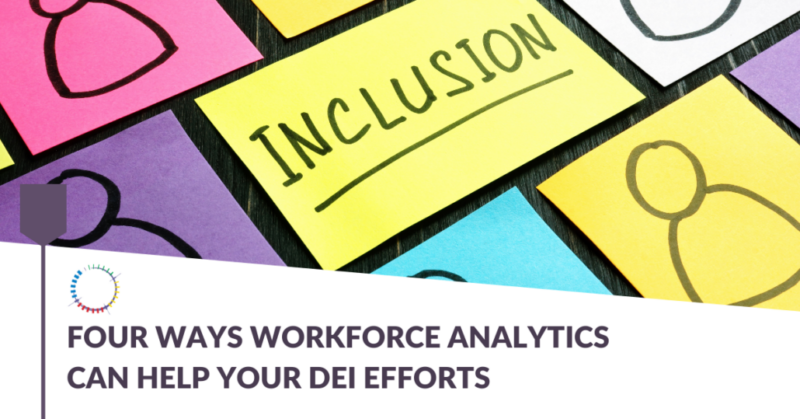How Benchmarking Can Hurt Your DEI Efforts
June 20, 2023

In most industries or markets, it can be valuable to compare your performance to how your peers and competitors are doing. Benchmarking your organization’s performance against industry ‘norms’ can enable you to gauge where you are falling short and where you are excelling. It can help leadership make major business decisions.
However, in our decades of experience leading clients across multiple sectors and markets, we have identified two flaws in using external benchmarks to help you understand the DEI issues within your organization.
1. Benchmarks can stop you from taking the actions you need
When we first begin working with an organization we review a wide range of organizational documents including the results of recent employee engagement surveys. These survey results are often interpreted by organizations as insights into their progress in creating a more inclusive and equitable workplace.
Research has shown that there is little variation in employee engagement benchmark scores. A 206 study of the IBM WorldNorms database found very small and non-significant differences between industries. When differences between each industry and the global industry ‘norm’ is so small, comparing your own data against it will tell you very little.
The problem is that when organizations see that there is so little difference between their results and the industry norm, they assume that there is no need to take action. There’s an assumption that everything is OK when there may be a need to take action to avoid an emerging issue or to support growth.
In other words, if you have a low score for a question such as feeling valued by my organization but its typical of the industry, it is not safe to assume that you don’t have a significant opportunity or risk. You need to dig deeper and consider the implications – it could be an opportunity to take action that will attract and retain the very best talent in your sector. It could also be a risk that talent will start leaving your industry sector completely.
2. External benchmarks are often based on flawed data which leads to flawed decisions
The accuracy of external benchmarks matters. Small sample sizes can mean flawed data. While many employee engagement consulting firms have huge employee engagement benchmark databases, most are smaller. If you’re looking for external benchmarks for standalone DEI surveys, the database size gets even smaller again.
You could potentially be comparing your data against fewer than 100 organizations from different industries, different sizes, locations, and markets. You may not be comparing like with like or with a significant enough sample to be considered a ‘norm’.
Equally, context matters. Many external databases use data gathered over a period of several years. So you could be benchmarking your findings against data collected before COVID-19 or before social movements such as Black Lives Matter.
If you put too much emphasis on data that isn’t truly representative of your industry and the context in which you are operating, you may run the risk of making choices that don’t truly serve your people, your mission, or your business goals.
What you can do instead of external benchmarking
Here are some key things to remember when you are looking for insights to inform your DEI journey.
- Consider a standalone DEI survey rather than relying on your employee engagement survey insights. It will deliver more nuanced and meaningful insight into what your employees are experiencing and give you a host of internal benchmarks to enable you to design initiatives that make an impact.
- Remember that it is differences between organizations that drive advantage, not similarities – focus on this when you are creating surveys and working out what data you need
- Focus on learning your organization’s unique drivers for workplace inclusion. These will enable you to take action that makes an impact.


